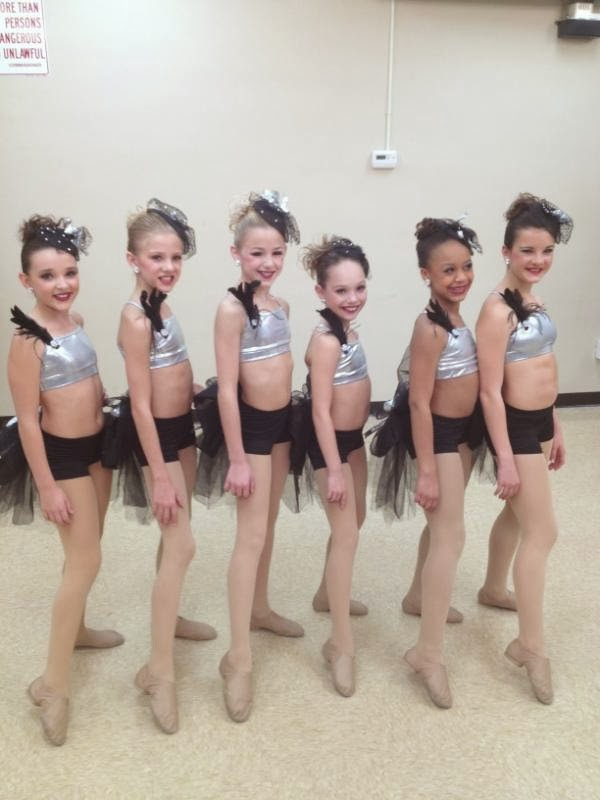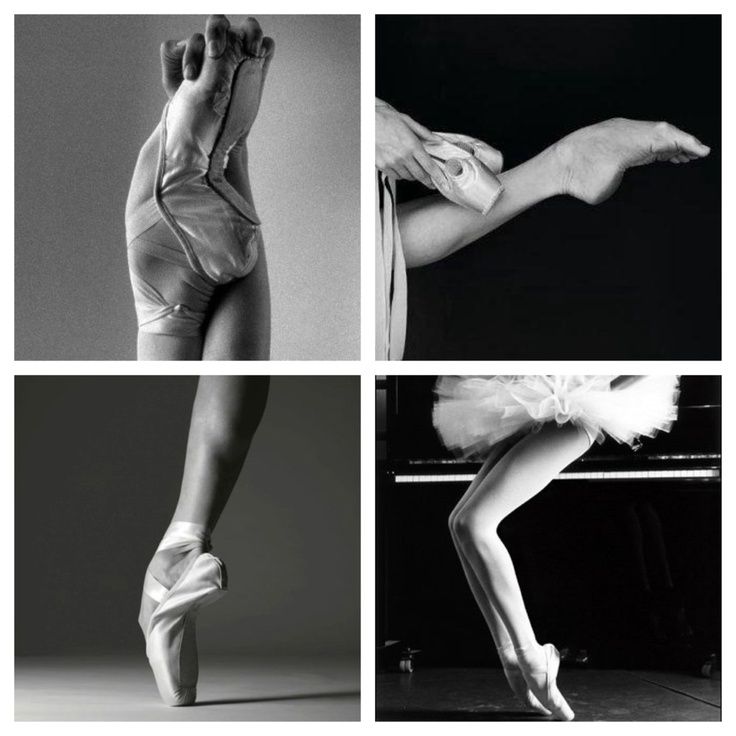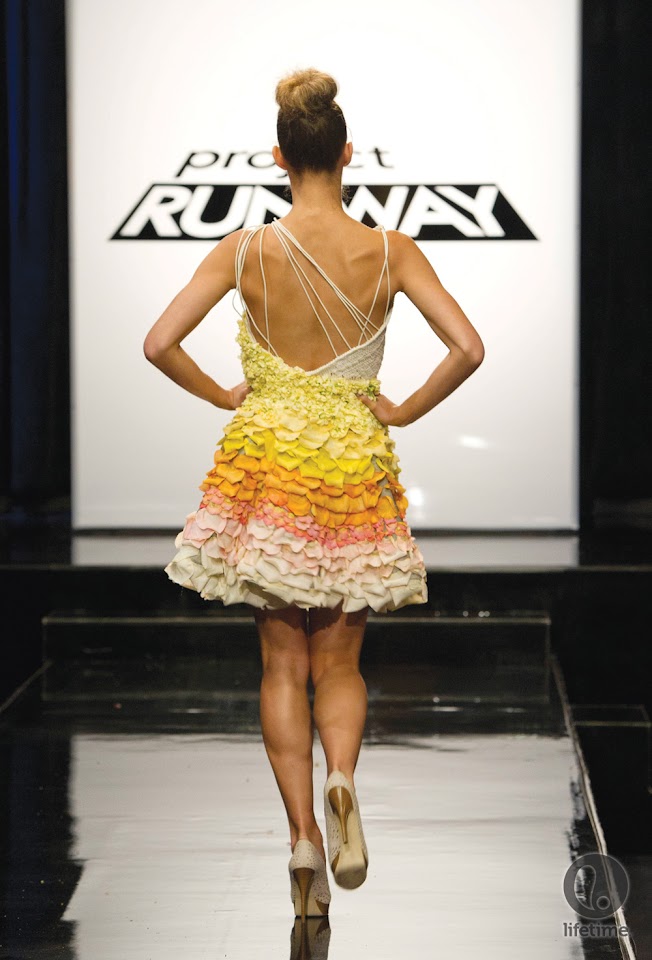How to make raisins dance
Simple Instructions & Video Tutorial
Ready to make some raisins dance?? Although you won’t need to buy them dancing shoes, once you give your raisins some soda pop, they’ll start dancing for you with every bubble!
In this easy science experiment, your young scientists will learn about the effects of density and buoyancy. Below you will find a demonstration video, a supply list, and printable instructions. Suitable and fun for all ages.
JUMP TO SECTION: Instructions | Video Tutorial | How it Works
Supplies Needed
- Clear Drinking Glass
- Clear Pop like Sprite or 7Up
- Raisins
Dancing Raisins Science Experiment Instructions
Step 1 – Gather your materials together and begin by pouring the pop into the cup. Pour until it is about 3/4 of the way full.
As you are pouring the pop, take a moment to make observations. What did you notice as you poured the pop into the cup? Did you see anything interesting happen? Did you hear anything as you poured the pop into the cup?
What do you think will happen if you place the raisins into the cup? Write down your hypothesis (prediction) and then continue the experiment to test it out and to find out if you were correct.
Step 2 – Next, take a handful of raisins (approximately 10-15) and carefully place them into the cup. Then take a step back and look through the side of the cup to watch what happens.
Step 3 – What initially happened to the raisins? Did they sink to the bottom? Did they float to the top? As you observe the cup for a few minutes, did anything else happen? Was your hypothesis correct?
Do you know what caused the raisins to “dance” and move up and down in the pop? Find out the answer in the how does this experiment work section below. It also contains ideas on how you can expand on the experiment.
Dancing Raisins Science Experiment Video Tutorial
How Does the Science Experiment Work?
When you first place the raisins in the soda, the raisins sink because they are denser than the soda. As the carbon dioxide gas bubbles dissolved in the soda attach to the wrinkled surface of the raisins, the raisins begin to rise. The raisins rise because the soda bubbles help increase the buoyancy of the raisins.
As the carbon dioxide gas bubbles dissolved in the soda attach to the wrinkled surface of the raisins, the raisins begin to rise. The raisins rise because the soda bubbles help increase the buoyancy of the raisins.
Buoyancy is the tendency of an object to float in fluids because of the upward force fluid exert on objects.
This increase in buoyancy helps the raisins become less dense than the soda. When the raisins get to the surface of the soda, the carbon dioxide bubbles surrounding the raisins pop. The raisins lose buoyancy and become denser than the soda so they begin to sink. As the raisins sink, more carbon dioxide bubbles will attach to the raisins’ wrinkled surface, starting the process all over again!
The raisins will continue to dance (sink and float) in the soda until all of the carbon dioxide bubbles have popped and the soda becomes “flat”.
More Science Fun
Try this same experiment with objects that do not have a wrinkled surface like blueberries or grapes. Do they rise in the soda the same way the raisins did?
Do they rise in the soda the same way the raisins did?
Instead of using soda like 7Up or Sprite, try using baking soda dissolved in water and vinegar. Dissolve two teaspoons of baking soda into a half cup of water. Add 6-7 raisins to the baking soda/water solution. Slowly pour a tablespoon of vinegar into the mixture and watch the raisins dance! (This version of the experiment could make a mess, so put your cup into a shallow dish, like a pie pan, before adding the vinegar).
I hope you enjoyed the experiment. Here are some printable instructions:
Materials
- Glass Drinking Glass
- Clear Pop like Sprite or 7Up
- Raisins
Instructions
- Fill the drinking glass with pop
- Put in a handful of raisins
- Watch the raisins “dance” and move up and down in the glass.
Dancing Raisins Science Experiment with Baking Soda and Vinegar
1st grade • 2nd grade • 3rd grade • Kids Activities • Kindergarten • Preschool • Science • Science ExperimentsJanuary 16, 2021
by Beth Gorden
Get ready to WOW with this EASY science experiments for kids that will make raisins dance! This dancing raisins experiment will not only enterntain, but teach your kids about chemical reactions between baking soda and vinegar. This Preschool Science Experiment is perfect for toddler, pre-k, kindergarten, and first grade students. SO try this baking soda and vinegar experiments and have some science fun today!
This Preschool Science Experiment is perfect for toddler, pre-k, kindergarten, and first grade students. SO try this baking soda and vinegar experiments and have some science fun today!
Dancing Raisins
This dancing raisins experiment is always a huge success because it is easy to try, teaches, and leaves a lasting impression. Try this science activities for preschoolers, toddlers, kindergartners, and grade 1 students to teach about the baking soda and vinegar reaction. There are LOTS of baking soda vinegar experiment ideas from blowing up balloons to volcanos, our dancing raisins, and more. So try several and help kids really understand while having fun because science is so much fun! If you understand the underlying principles, everyday items can be made to behave in strange and unusual ways.
Dancing Raisins Experiment
This Dancing Raisins Science Experiment uses the same chemical reaction behind the well-known homemade volcano project and the self-inflating balloon experiment.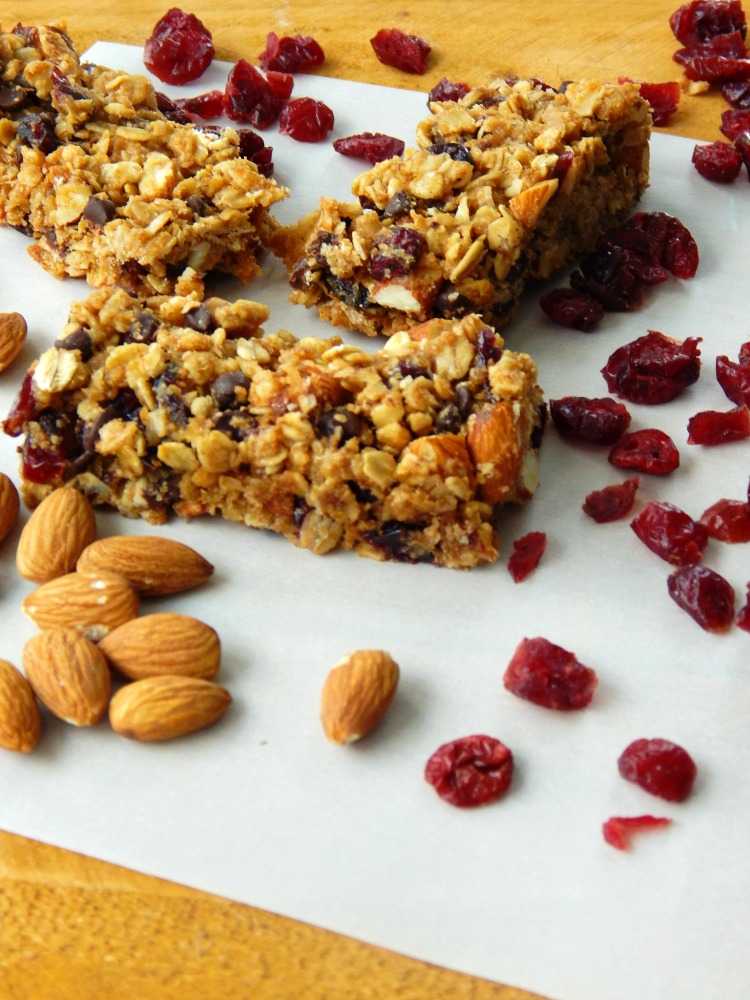 When vinegar (an acid) reacts with baking soda (a base) one of the products of the chemical reaction is carbon dioxide, a gas. In the volcano, the gas creates a bubbly solution which comes oozing out of the volcano. For the balloon experiment, the gas fills up the balloon. This dancing raisins science experiment has a more subtle effect, but still impressive.
When vinegar (an acid) reacts with baking soda (a base) one of the products of the chemical reaction is carbon dioxide, a gas. In the volcano, the gas creates a bubbly solution which comes oozing out of the volcano. For the balloon experiment, the gas fills up the balloon. This dancing raisins science experiment has a more subtle effect, but still impressive.
Basically, by adding baking soda and vinegar to another liquid, like water, the liquid becomes filled with many bubbles which rise to the surface and pop. If a light object is placed inside the liquid, such as raisins or peanuts, the bubbles stick to the surface of the light objects, increasing their buoyancy, and causing them to rise to the surface with the bubbles. When the bubbles pop at the surface of the liquid, the objects, which on their own are more dense than the liquid, then fall back to the bottom.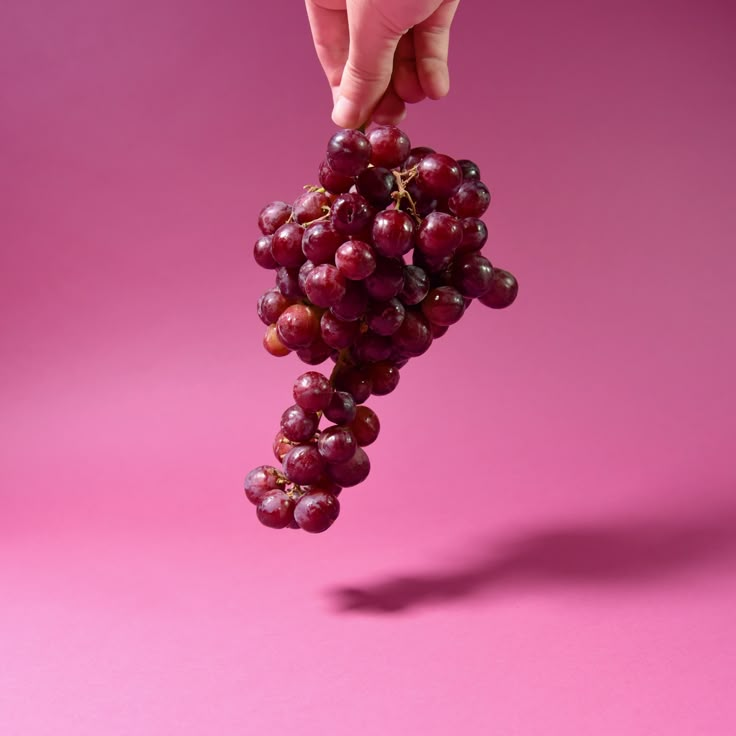 On the way down and while sitting on the bottom, they collect more bubbles, causing the process to repeat for several minutes. Eventually, either enough of the reactants will be used up to stop the process or enough air bubbles will get trapped inside the raisins to make them remain floating on the surface.
On the way down and while sitting on the bottom, they collect more bubbles, causing the process to repeat for several minutes. Eventually, either enough of the reactants will be used up to stop the process or enough air bubbles will get trapped inside the raisins to make them remain floating on the surface.
Dancing raisin experiment
All you need are a few simple supplies to try this chemical reaction experiment that usese baking soda and vinegar to create a truly memorable, WOW experiment for kids!
Materials
- A clear drinking glass half-filled with water
- About 1 Tbsp baking soda
- Enough vinegar to fill the remainder of the glass
- 3 raisins, cut or ripped in half
- A spoon
Dancing raisins experiment with baking soda and vinegar
First, use your spoon to place about a tablespoon of baking soda into the glass half-filled with water. The exact amount is not important.
Dancing raisins science experiment
Stir the baking soda until it is dissolved in the water.
Dancing raisins experiment explanation
Drop the 6 raisin halves into the glass.
Raisin experiment
Next, pour some vinegar into the glass until it is about 3/4 full.
Dancing raisins experiment for preschoolers
You may need to jostle the raisins a bit with your spoon to get them going. If this doesn’t work, try adding a little more vinegar. If this still doesn’t work, try cutting the raisins into smaller pieces to make them even lighter.
Dancing raisins experiment worksheet
Watch in amazement as your raisins slowly rise to the surface, then fall back down, over and over again.
Food science experiments for kids
Use items commonly in your kitchen to try these food experiments for kids, but note they are NOT all edible!
- Plastic Milk Experiment with free worksheet
- Exploding Watermelon EPIC project to learn about potential energy
- Kids will be so impressed with this super cool Lemon Volcano
- Kool Aid Rock Candy science experiment you can EAT!
- Learn about the 5 sense for kids with lots of projects including an edible skin model
- This colorful oil and water experiment is super simple, but so FUN
- Volcano Watermelon Experiment – Summer Activity for Preschoolers
- Use jelly beans for this hands-on STEM Easter activity for kids
- Learn how to make frost in a can
- Discover the Archimedes bath tub concept using candy with this simple water displacement experiment
- Try the classic bouncy egg experiment with a twist
- Learn about types of rocks with edible rocks
- Learn about density with this Rainbow in a Jar
- Use chemistry to inflate these balloons with with Pop Rocks Experiment
- This silly dancing raisins experiment always makes kids giggle!
- Kids will love this jelly bean taste test experiment
- Use celery for a hands-on pollution experiment for kids
- This Egg Drop Project STEAM activity is all about protecting the egg
- Magic Milk 4th of July Science
- Make an edible Jello Cell Model
- Use eggs to try these air pressure experiments for kids
- You can’t eat them, but these magic melting snowballs experiment is loads of fun!
- Make your own Peep Experiment
- Try making butter science experiment for science you can EAT
- Whip up a fizzy lemonade science experiment for another fun science project you can taste
- You’ve got to try this pretty, colorful candy skittles experiments
- Or check out over 100 Food Science Experiments
Fruit Activities for Kids
Looking for more fruit printable activities? You may want to check these out:
- Free Printable ABC Fruits and Vegetables Book for Kids to color and learn
- I Spy Fruits Worksheet for Preschool
- 🍉 Sneak in some fruit science with this watermelon volcano, play with puffy watermelon slime reicpe, or see all our watermelon activities
- 🍋 Lemon Volcano is a super EASY and fun Fruit Science or lemonade TEn Frames Kindergarten
- 🍎 Sorting Apples Alphabet Activity or this Apple Counting Mat for Fall
- 🍏 Apple Life Cycle Worksheets or make this simple Paper Plate Apple Core Craft
- Count to 20 Clip Card Fruit Printables
- 🍇 How to make Grape Jam Sequencing Cards or PB&J Coloring Pages
- Fruit Cards or Fruit Paper Activity
Fruit Activity
- 🍓 Strawberry Playdough Fruit Activity
- 🍓 Cute Handprint Strawberry Craft or printable Rhyming Strawberry Activity
- 💙 Hands-on Blueberry Math
- Dancing Raisins – EASY chemistry experiment for kids
- 🥥 Coconut Number Tracing Fruit Printables
- 🍅 Simple Tomato Battery Fruit Science Experiment
- Math Fruit Worksheet Preschool
- A-Z Vegetable and Fruit Printables for practicing lowercase letters
- 🍌Banana Number Puzzles
You may also like
November 18, 2020
February 22, 2021
July 27, 2020
April 14, 2021
February 2, 2021
April 6, 2022
July 10, 2021
April 14, 2015
About the author
Beth Gorden
Beth Gorden is the creative multi-tasking creator of 123 Homeschool 4 Me. As a busy homeschooling mother of six, she strives to create hands-on learning activities and worksheets that kids will love to make learning FUN! She has created over 1 million pages of printables to help teach kids ABCs, science, English grammar, history, math, and so much more! Beth is also the creator of 2 additional sites with even more educational activities and FREE printables - www.kindergartenworksheetsandgames.com and www.preschoolplayandlearn.com
As a busy homeschooling mother of six, she strives to create hands-on learning activities and worksheets that kids will love to make learning FUN! She has created over 1 million pages of printables to help teach kids ABCs, science, English grammar, history, math, and so much more! Beth is also the creator of 2 additional sites with even more educational activities and FREE printables - www.kindergartenworksheetsandgames.com and www.preschoolplayandlearn.com
how to make a substitute for wine yeast
Everyone knows that the reason for alcoholic fermentation is the transformation of juice (fruit or berry) into wine. Without a certain type of yeast microorganisms, no fermentation, of course, will work. Very often, taking one or another berry in your hand, you will notice that its surface is covered with a white coating, which is wild yeast. But it also happens that after a long torrential rain, the plaque is simply washed off from the entire surface. Then wild yeast is either not enough, or not at all. In such a case, it is necessary to help the fermentation process. Help will consist in feeding the must with sourdough (wine yeast, in other words).
Then wild yeast is either not enough, or not at all. In such a case, it is necessary to help the fermentation process. Help will consist in feeding the must with sourdough (wine yeast, in other words).
Sourdough ingredients can be any unwashed berries. Usually they take raspberries, strawberries and freshly picked grapes. And in this article we will try to prepare a starter from raisins, because you can use raisins at any time of the year. It does not depend on a certain ripening period, like certain berries.
Raisin starter will serve for wine from grapes, apples, cherries, other fruits and berries. Especially expedient is the use of sourdough. If any contamination is visible on the surface of the raw material, then it is necessary, of course, to proceed with water procedures. This can be done safely, because raisins have enough fermentative power. Despite the fact that we will wash off all the wild yeast from the raw materials, active alcoholic fermentation will occur.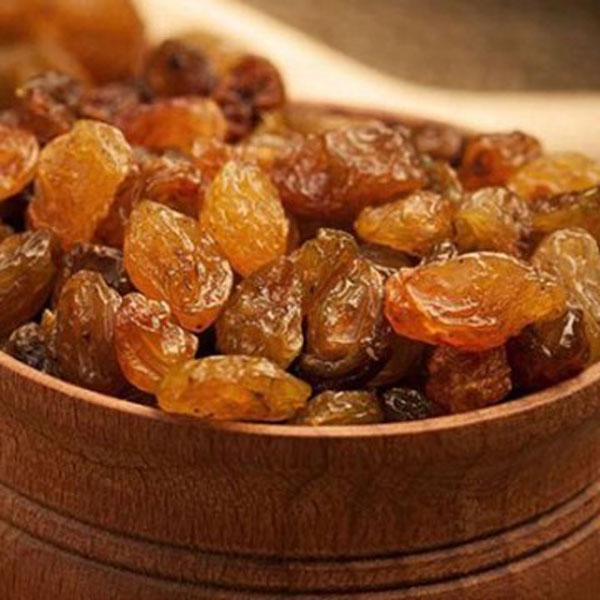 And now about everything in more detail.
And now about everything in more detail.
How does the must fermentation process take place?
Throughout the entire time, the process of fermentation of wine must is dynamic (not the same).
In the first stage, fermentation is very active. During fermentation, the yeast processes all the sugar that exists in the wort, and carbon dioxide and alcohol will be the predominant products of processing. While the sugar is being processed, the yeast will multiply vigorously. At the same time, there will be a strong release of carbon dioxide. The wort will begin to foam. For everything to happen this way, it is necessary to observe the same temperature. Otherwise, the quality of homemade wine will leave much to be desired.
The fermentation temperature directly depends on the type of wine you want to produce, the type of yeast used and the raw materials. On average, the interval is from 15 to 26 degrees Celsius. At temperatures below the above, the vital activity of the yeast stops along with fermentation. A high temperature (above 32 degrees) completely kills the yeast.
A high temperature (above 32 degrees) completely kills the yeast.
The first vigorous fermentation is called top fermentation. Gradually, the wort is clarified, when the amount of sugars remains less, and they begin to fall, and, following the sugar, the yeast begins to go down.
After 2-4 weeks of fermentation, the light must must be poured. Winemakers call this process “draining the sediment”. This must be done very carefully. Without disturbing the sediment, the young wine should be poured with a hose into a container similar to the previous one, which will be lower. The content of alcohol, sugar and measurement of the density of the wine occurs precisely at this stage. Next, the sediment that remains undisturbed is poured into a separate container and allowed to settle. Then add to the main volume. All this is done so that dead yeast cells do not get into the wine. If this procedure is not carried out, the taste of the wine will not be the same. Now the wine is again put under a water seal for further fermentation. Soon, after 4-7 weeks, the sediment is removed in the same way for the second time.
Soon, after 4-7 weeks, the sediment is removed in the same way for the second time.
This is followed by a phase of slow fermentation. It is called bottom fermentation, as it takes place at the very bottom of the tank. Right now the wine is ripening. Sugar is still contained in the drink, but a clear wine taste has already been acquired. This stage of fermentation lasts 3-5 months, during which the wine fully acquires a rich taste and aroma, and the remaining sugar is processed by yeast. Next, we check the alcohol and sugar content, and bottle it, close it with corks using a portable capper.
What can be used as a substitute for wine culture yeast at home?
Baker's yeast bought in a regular store is not suitable for making wine. You will need certain strains - wine yeast. It is they who have the unique property of preserving the taste and aroma of raw materials, and, like everyone else, they process sugar into alcohol.
It is they who have the unique property of preserving the taste and aroma of raw materials, and, like everyone else, they process sugar into alcohol.
Wine yeast can be made at home or purchased from the store. Do-it-yourself wine yeast can be prepared:
Easy raspberry wine yeast recipe
Raspberries ripen early, which is why they are valuable. Raspberry starter can be made long before other fruits and berries ripen. Another plus is the number of certain bacteria living on the surface of the raspberries that can ensure fermentation. No one argues that other berries also have such bacteria, but their number is much lower.
Not every raspberry will ferment, alas. You need to choose only ripe and slightly overripe berries. Not suitable, of course, and washed berries. That is why you should not collect raspberries for such purposes even in the first days after the rain.
How to make wine yeast at home? Berries need to be collected and allowed to stand for a day.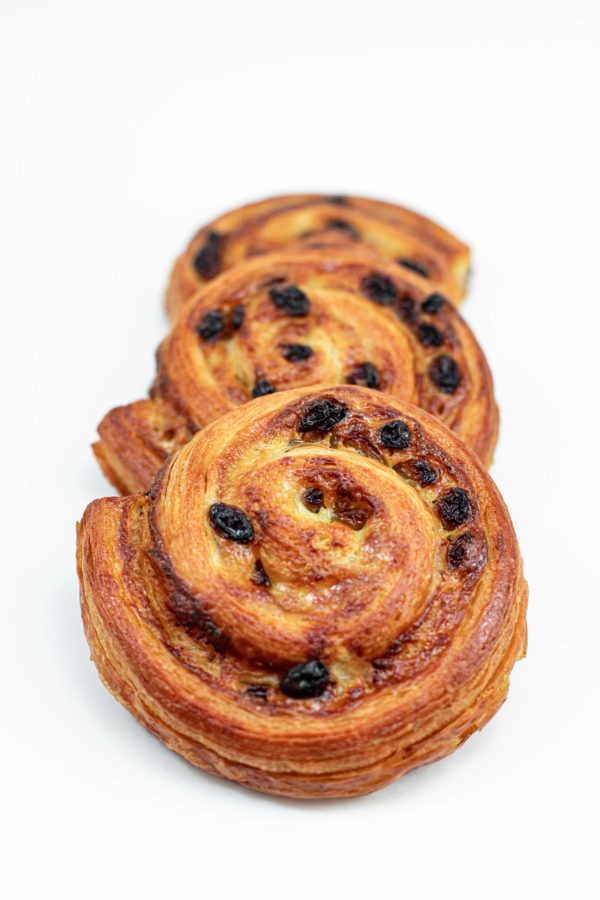 During this time, it will slightly sour, while you prepare all the other ingredients:
During this time, it will slightly sour, while you prepare all the other ingredients:
After the raspberry has been infused for a day, it needs to be kneaded. We turn the berries into a small gruel and fall asleep with sugar. Stir, add water. Mix again, then cover the jar with a cloth and put in a warm place, but protected from the sun, with a temperature of 22-26 degrees. Now for 4 days every 8 hours we open the fabric and gently mix the mixture. Otherwise, everything will turn sour or moldy. After this stage, take the gauze and squeeze out all the juice from the raspberries. Pour it into a glass container and put it in the refrigerator. Nothing will ferment there, and then, when the mixture is added to the wort, fermentation is activated.
How to make your own raisin starter?
Raisin sourdough for wine is made at home only from high-quality dried grapes. First you need to select it. It is necessary to choose a variety where non-shiny berries of different sizes are very shriveled. In fact, most of the goods (currently raisins) that are supplied to the market or other retail outlets are dried and chemically treated, for example, with sulfur. Such a product looks very attractive, but the fungi that are on the surface disappear. For our purposes, this product is not suitable. The color of natural raisins can be both light and dark brown, and with a bluish tint. Ideal amber berries most likely have a lot of added preservatives in their composition. When falling, the berry should make exactly the same sound that a small pebble makes. It is necessary to purchase raisins for sourdough from grandmothers in the market or in organic food stores. And the best option would be your own blank.
First you need to select it. It is necessary to choose a variety where non-shiny berries of different sizes are very shriveled. In fact, most of the goods (currently raisins) that are supplied to the market or other retail outlets are dried and chemically treated, for example, with sulfur. Such a product looks very attractive, but the fungi that are on the surface disappear. For our purposes, this product is not suitable. The color of natural raisins can be both light and dark brown, and with a bluish tint. Ideal amber berries most likely have a lot of added preservatives in their composition. When falling, the berry should make exactly the same sound that a small pebble makes. It is necessary to purchase raisins for sourdough from grandmothers in the market or in organic food stores. And the best option would be your own blank.
To make wine yeast at home, we need:
First you need to sort out the raisins: moldy and damaged berries are useless to us. It is not necessary to wash, it is desirable to leave ponytails. We prepare an ordinary liter glass jar and a piece of gauze. We slightly heat the water and pour it into our jar. Dissolve sugar in it. We wait until the water has cooled to room temperature and pour the raisins there, stirring. We close the neck of the jar with a piece of gauze. We put the jar in a warm room for 5-6 days. All this time, the fungi will actively multiply until the process slows down and the finished fungi precipitate. The low quality of dried fruits will lead to the fermentation process that has not yet begun. After 5-6 days of inactivity, it is necessary to remove the raisins, and the remaining liquid is used as wine yeast from raisins at home.
It is not necessary to wash, it is desirable to leave ponytails. We prepare an ordinary liter glass jar and a piece of gauze. We slightly heat the water and pour it into our jar. Dissolve sugar in it. We wait until the water has cooled to room temperature and pour the raisins there, stirring. We close the neck of the jar with a piece of gauze. We put the jar in a warm room for 5-6 days. All this time, the fungi will actively multiply until the process slows down and the finished fungi precipitate. The low quality of dried fruits will lead to the fermentation process that has not yet begun. After 5-6 days of inactivity, it is necessary to remove the raisins, and the remaining liquid is used as wine yeast from raisins at home.
Technology for making homemade sourdough wine
We wrote about how to make sourdough at home with our own hands above, but what happens after removing it from the sediment? Further, the resulting liquid must be stored at a temperature not exceeding 15 degrees.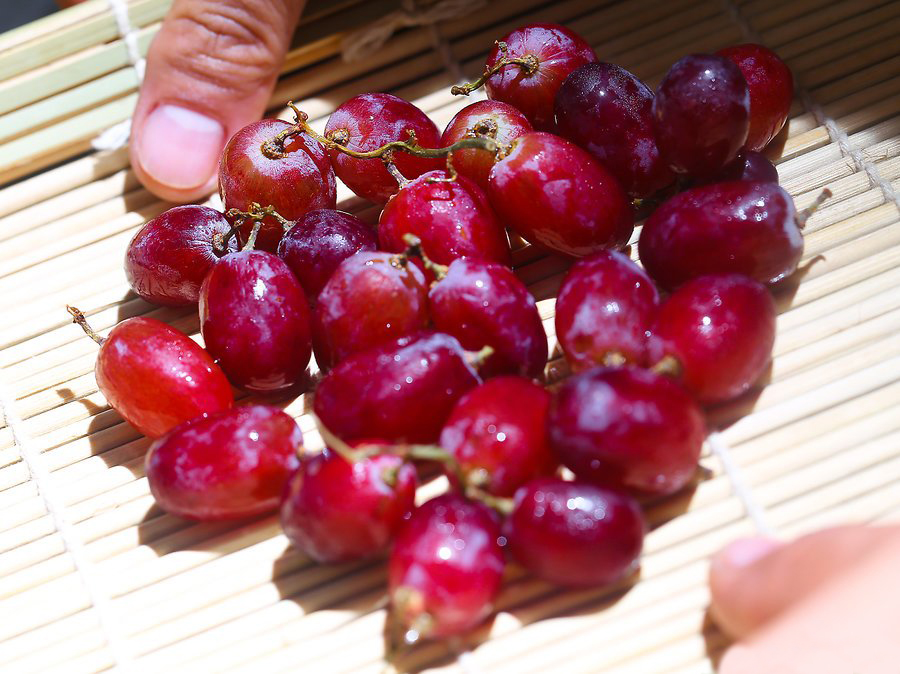 This wine is ready to drink. White table wine, which will be consumed in spring and winter, must be stored in a narrow-necked bottle with a cork or barrel for another couple of months. Due to the rough taste of young wine, dry red wine is always aged for 2-3 months in the same barrels as white table wine. Then again remove from the sediment and bottle through a funnel with a filter. Such bottles are filled with wine up to half of the throat, corked and filled with sealing wax.
This wine is ready to drink. White table wine, which will be consumed in spring and winter, must be stored in a narrow-necked bottle with a cork or barrel for another couple of months. Due to the rough taste of young wine, dry red wine is always aged for 2-3 months in the same barrels as white table wine. Then again remove from the sediment and bottle through a funnel with a filter. Such bottles are filled with wine up to half of the throat, corked and filled with sealing wax.
Gypsy girls cook delicious food and love to dance (PHOTO)
On the International Gypsy Day, April 8, we went to visit the baron of the Cheboksary camp Artur Markovich.
Preparation
So, in order to join the gypsy family, I decided to enter into character. The first thing I did was put on a gypsy skirt, blouse and even made a similar hairstyle.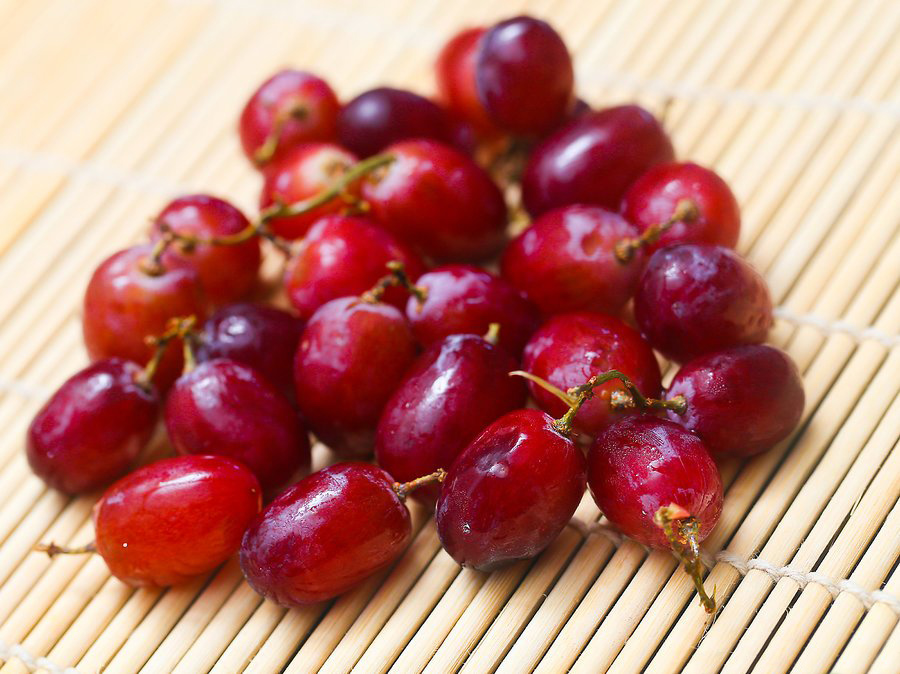 Going out into the street and standing for several minutes at a public transport stop, I realized that the image was a success - people shied away from me. For example, an elderly woman who got off the trolleybus said menacingly: "We already have Russian gypsies becoming."
Going out into the street and standing for several minutes at a public transport stop, I realized that the image was a success - people shied away from me. For example, an elderly woman who got off the trolleybus said menacingly: "We already have Russian gypsies becoming."
On the spot
To get to the Gypsy settlement, I had to go to the outskirts of the city - to the village of Algeshevo. They live there because they cannot afford more expensive housing.
Children
These streets are very quiet, all the windows are covered with curtains, some of the huts have secret wooden doors. Suddenly, cheerful cries broke the silence, I turned around and saw gypsy children who were playing on a large snowy mountain.
An Unusual Encounter
I got closer and I was immediately surrounded by about ten kids. They were poorly dressed, a little grimy, with old toys in their hands. There was something warm and at the same time cunning in their huge black eyes.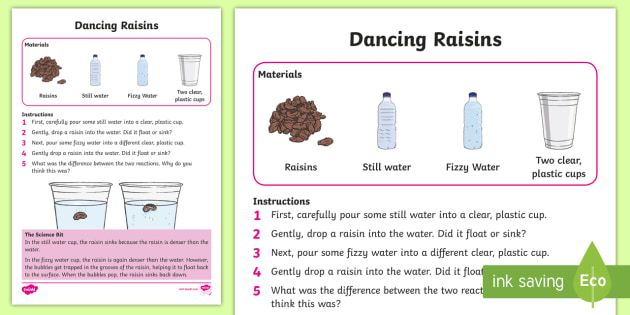
One five-year-old girl in a pink glittery dress began to look at the rhinestones on my bag with interest, another, older, sternly asked what I had forgotten here, and an older boy asked for candy. At that moment, I regretted that I had not even thought to grab the sweets. One of the children escorted me straight to the door of the chief gypsy of Cheboksary.
Dwelling
Since childhood, my mother warned me against the gypsies, she told me with horror how they deceived my aunt, removing all the gold from her. And now, standing at the door of the baron, I could not even imagine what would happen to me - everything turned upside down inside. I knocked a couple of times, but no one answered. A couple of minutes later, Baron Artur Markovich came out and offered to enter. His whole family was there, and everyone greeted me kindly. Frankly, I was surprised by such a good reception.
Life of the Gypsies
After a short conversation, I went to the kitchen to help the Gypsy girls with the housework. It turned out that the female sex is engaged in household chores almost all day. This is not easy to do, as they cook food and heat water in a large oven. Their diet is simple - as a rule, it is potatoes with meatballs, pasta and pancakes. On holidays, they arrange a feast, cook meat, bake pies. As a memento, I wrote down the recipe for Gypsy Pie.
It turned out that the female sex is engaged in household chores almost all day. This is not easy to do, as they cook food and heat water in a large oven. Their diet is simple - as a rule, it is potatoes with meatballs, pasta and pancakes. On holidays, they arrange a feast, cook meat, bake pies. As a memento, I wrote down the recipe for Gypsy Pie.
You can not change
At work, I managed to talk to the girl Stella. She shared with me that, according to the old tradition, she got married at the age of 15 and has been living with her husband for three years. Like many gypsies, she is not married for love, but she really wants children. Stella admitted that she never cheated on her husband - this is one of their main laws.
Dancing
After cleaning the baron's daughter-in-law, Marina and her daughter suggested that I learn how to dance like a gypsy. A couple of minutes - and the music from an old DVD-player began to sound.

